Kerala Sambar Recipe is a popular and healthy South Indian dish. It mixes lentils and colorful vegetables, cooked with special spices. This tasty combination makes a filling meal. If you want to try making it, the Kerala Style Sambar recipe will show you how!
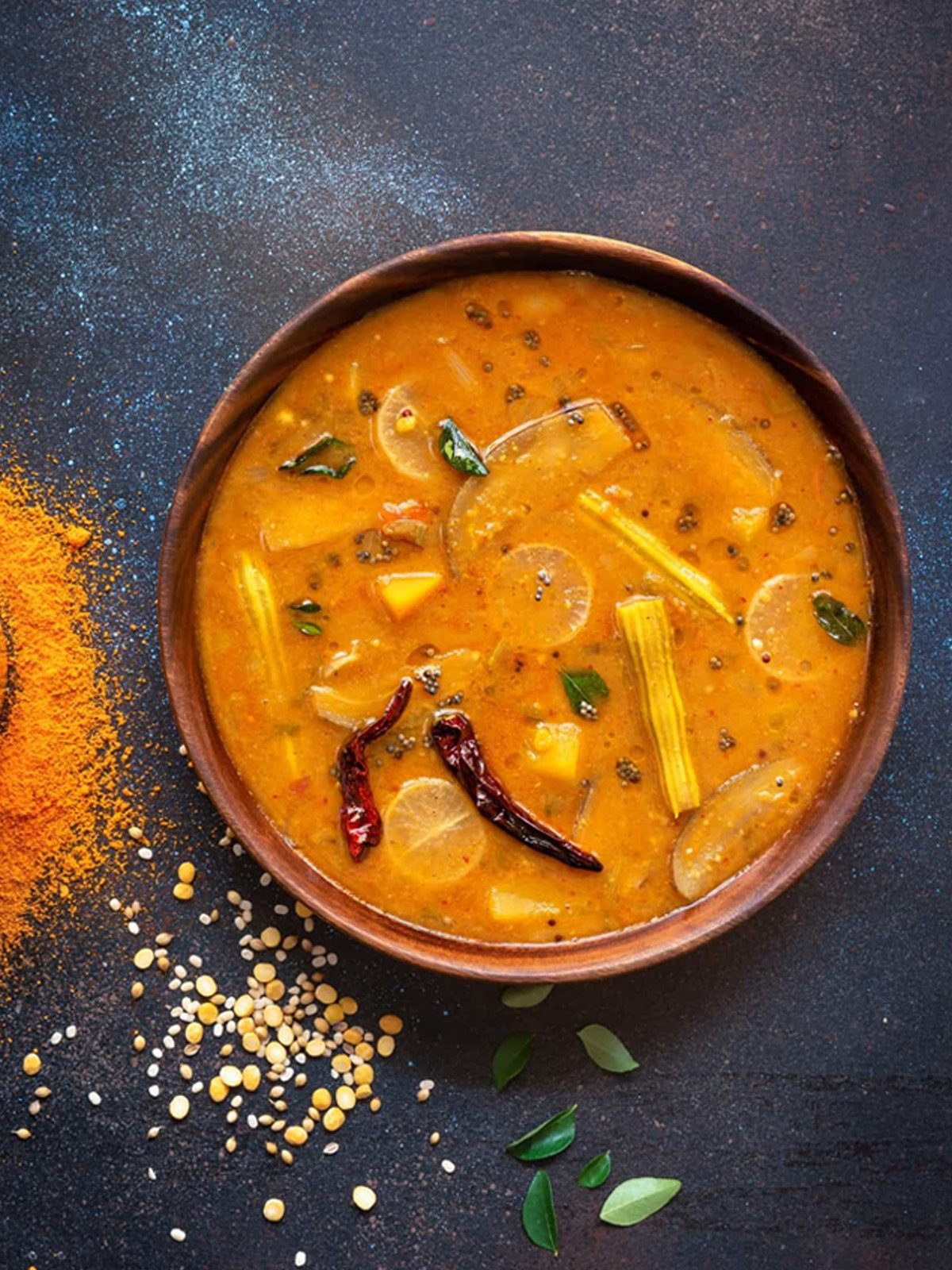
Jump to:
About Kerala Sambar
Kerala Style Sambar Recipe is a signature dish that stands out from other regional sambars like Tamil or Andhra sambar. It’s special because of its unique blend of spices and ingredients, making it a true Kerala favorite.
This dish is a big part of Kerala's daily meals. You'll often see this Kerala Sambar Recipe is served with rice, idli, dosa, and even breakfast dishes like appam or puttu!
When I was younger, I remember my grandmother making sambar every Sunday morning, the smell filling the house. It’s not just food; it’s part of Kerala's culture.
During festivals, it’s a must-have on the feast table, bringing people together to celebrate. Kerala’s food, like sambar, isn’t just about taste—it’s about tradition, family, and the love we share through cooking.
Health Benefits of Kerala Sambar
- Packed with nutrients: Full of fiber, protein (from toor dal), vitamins (from veggies), and antioxidants (thanks to spices like turmeric and cumin).
- Heart-healthy: Coconut oil adds good fats, keeping your heart strong!
- Customizable: Make it low-sodium, gluten-free, or vegan to suit your needs!
- Boosts immunity: The spices help fight off sickness and keep you healthy.
Cooking Techniques for Kerala Sambar
- First: Use a clay pot to cook your sambar. Clay pots keep the heat even, ensuring your sambar cooks perfectly.
- Next: Cooking in clay gives your sambar a special flavor that metal pots can’t match. It’s like a secret ingredient from nature!
- Also: Clay pots are eco-friendly because they’re made from natural materials, making them better for the planet.
Craving more deliciousness? Check out these irresistible recipes:
Jeera Rice – Fragrant cumin rice that'll elevate any meal!
Pulao Recipe – Aromatic, spiced rice that's bursting with flavor!
Palak Paneer – Creamy spinach and soft paneer, a comforting classic!
Tomato Rice – Zesty, tangy rice with a burst of fresh tomato goodness!
Coconut Rice – Nutty, aromatic rice with a delightful coconut twist!
What You’ll Need to Create This Kerala Style Sambar Recipe Magic
Sambar Secrets: Key Ingredients You’ll Need
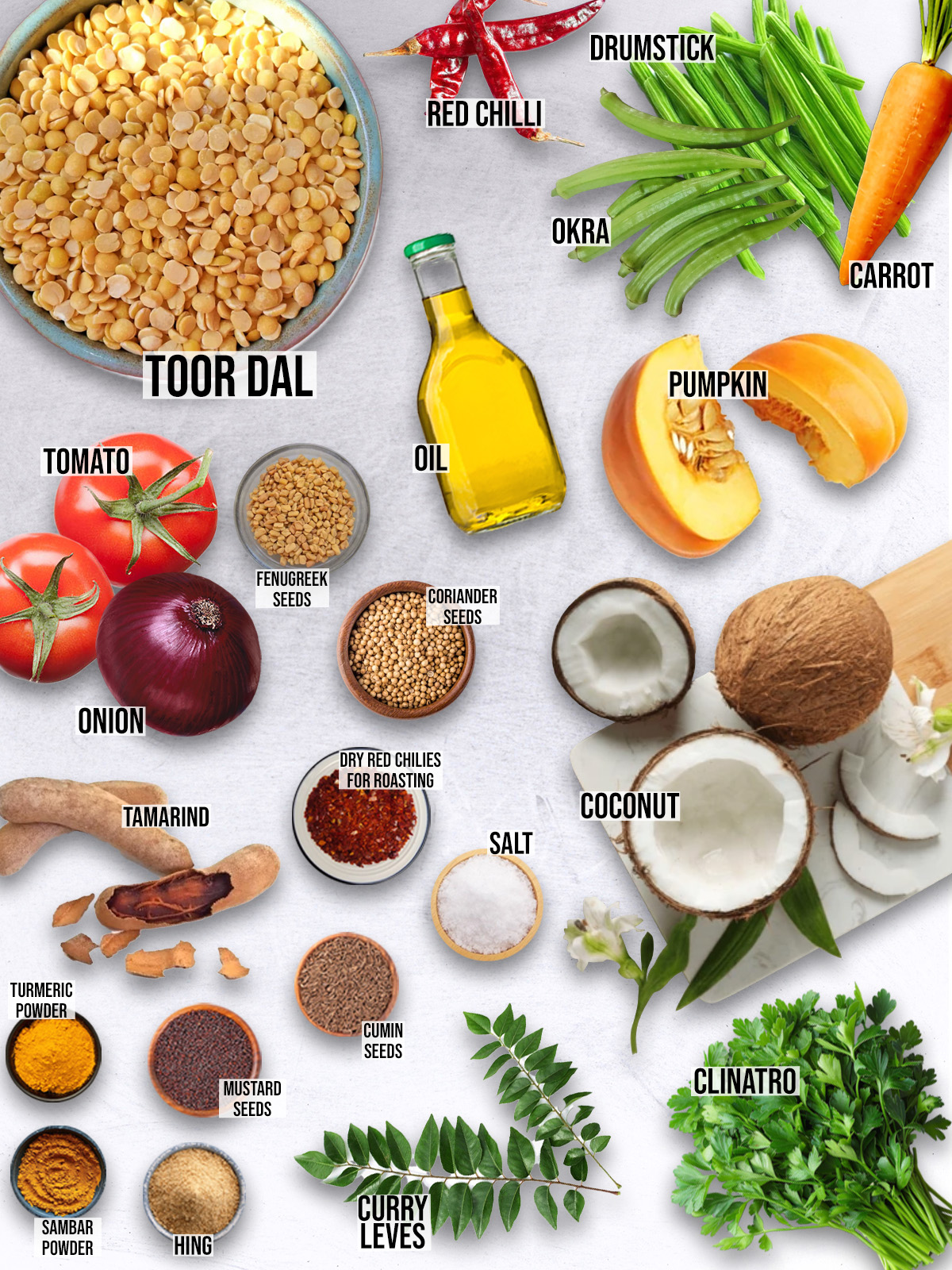
Ingredients Notes:
- Toor Dal (Yellow Lentils): The heart of the sambar! These lentils make it creamy and filling. I remember my mom always saying, “No dal, no sambar!”
- Mixed Veggies: Carrots, potatoes, drumsticks... The more, the better! It’s like a colorful veggie party in your bowl.
- Tamarind: Adds that tangy kick! As a kid, I loved the sour punch it gave to the sambar, making every bite exciting.
- Coconut Oil: A Kerala must-have! It’s the secret to richness and a special flavor that makes it so authentic. My grandmother swore by it for everything!
- Spices: Mustard seeds, cumin, turmeric, curry leaves... These bring the magic! I can still smell the spices sizzling in the pan when I was little.
How to Make Kerala Sambar Recipe
Step by Step Instructions
1. Prepare the Dal
- First, rinse the toor dal in water until the water runs clear.
- Then, cook the dal in a pressure cooker with 2 cups of water and a pinch of turmeric for about 4-5 whistles, until it’s soft. Meanwhile, soak tamarind in ½ cup of warm water, squeeze it to get the juice, and set it aside.
2. Cook the Vegetables
- Next, heat a tablespoon of oil in a large pan and sauté the onions until they turn translucent.
- After that, add chopped tomatoes and cook until they soften.
- Then, add the mixed vegetables and sauté for a few minutes.
- Now, add 2 cups of water, cover, and cook until the vegetables are tender but not mushy.
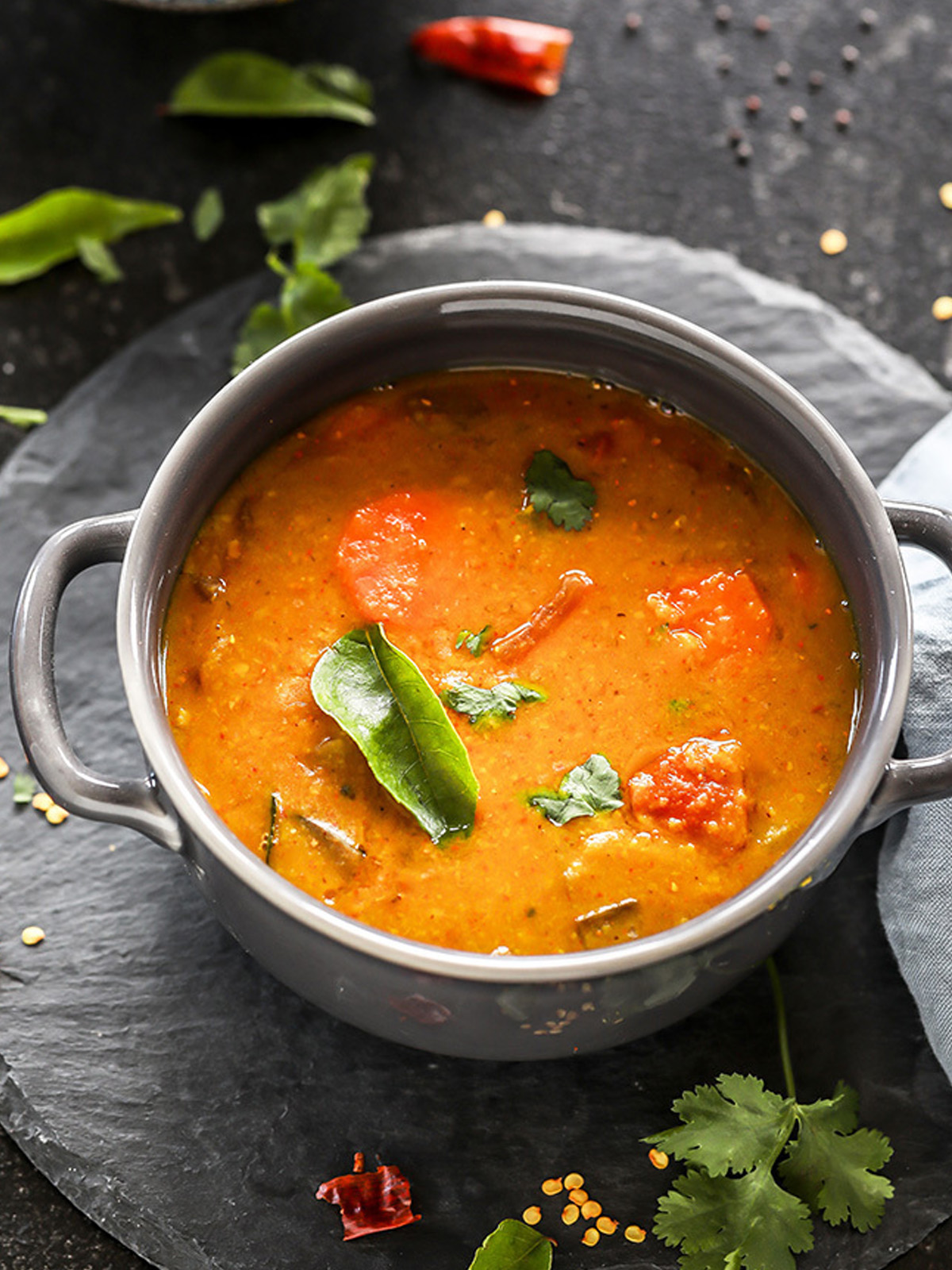
3. Prepare the Spice Paste
- In a separate pan, heat a teaspoon of oil. Roast the grated coconut, coriander seeds, fenugreek seeds, and dry red chilies until they turn golden brown.
- Then, grind this roasted mix with a little water to make a smooth paste. This paste is super important for the rich flavor of Kerala Sambar!
4. Combine and Simmer
- Now, add the cooked dal to the vegetable mixture. Mix in the tamarind juice, the spice paste, and sambar powder.
As it simmers, the sambar will thicken, so you can add water if needed to get the right consistency. Don’t forget to season with salt and a pinch of asafoetida, then let it simmer on low heat for about 15 minutes.
5. Temper the Sambar
- Finally, for the tempering, heat the remaining oil in a small pan.
- Add mustard seeds, cumin seeds, dried red chilies, and curry leaves. When the mustard seeds start to splutter, pour this mix over the simmering sambar and stir well.
- At last, garnish with fresh coriander leaves and turn off the heat. Enjoy your delicious Kerala Sambar!
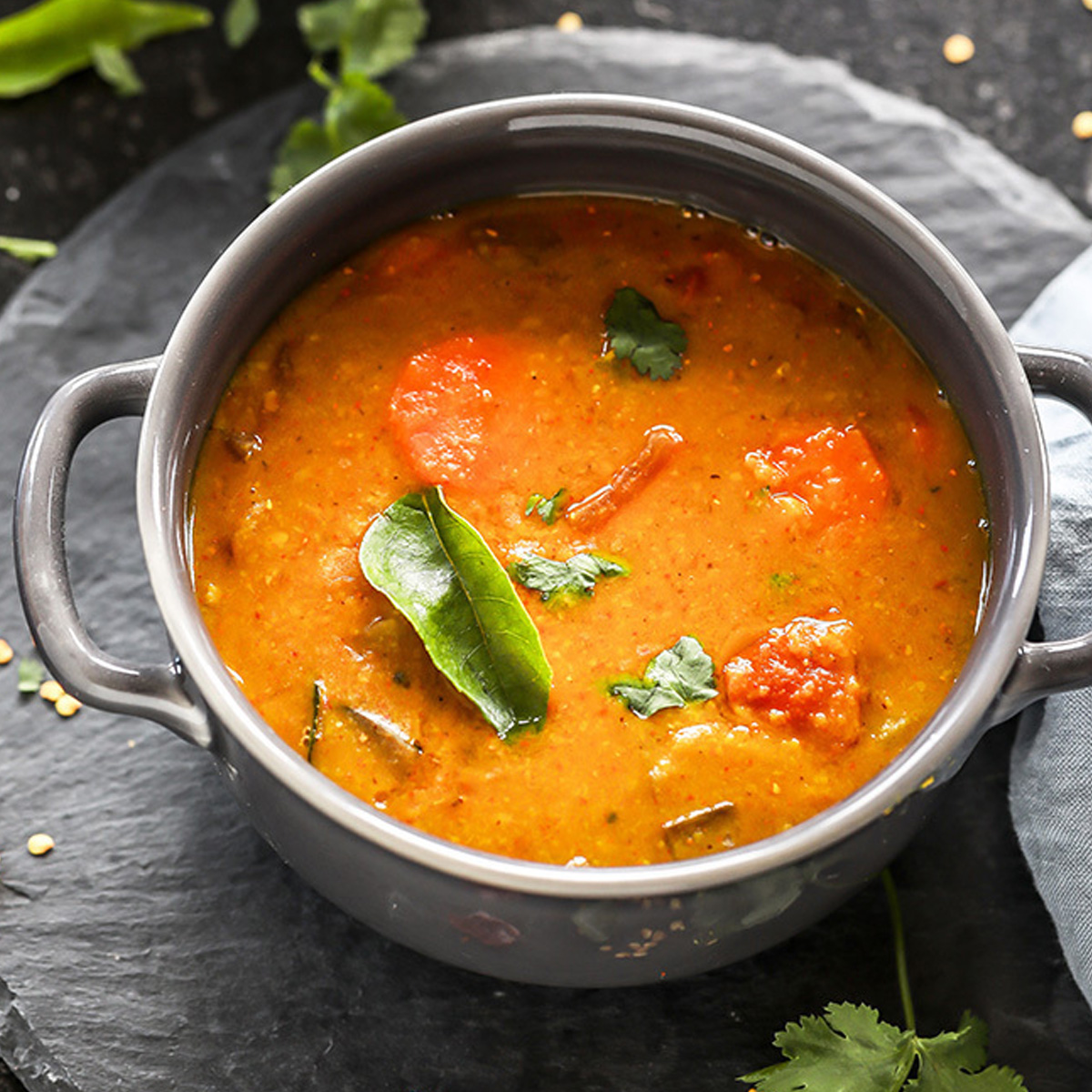
Serving Suggestions
- First: In Kerala, sambar is usually served with steamed rice, dosa, idli, or even appam and puttu! It’s the perfect combo for a hearty meal.
- Next: Add some banana chips, crispy papadam, or a refreshing coconut chutney on the side to complete the dish. They make every bite even better!
- Also: Keep in mind, regional variations make it unique! Coastal areas might add more tamarind, while hill regions may use different veggies. Each household has its special twist!
Sambar Powder: A Flavorful Staple
- First, let’s make your own Kerala Sambar Powder at home! Dry roast coriander seeds, cumin, black pepper, fenugreek, and dried red chilies until fragrant. Then, grind them into a fine powder. This fresh powder will give your sambar that authentic, irresistible taste!
- However, if you want to skip the hassle, you can always use pre-made sambar powder from trusted brands like MTR or Eastern. They make cooking quick and easy!
- Finally, store your homemade powder in an airtight jar and keep it in a cool, dry place. It stays fresh for about 3-4 weeks, giving you plenty of time to make delicious sambar!
Variations
Fusion Fun: Try adding jackfruit or breadfruit for a cool local twist! You can also mix in coconut milk for a creamier, richer texture.
Healthy Hacks: Want a lighter version? Simply use less oil or skip the coconut oil for a leaner sambar. Add in more greens like spinach or moringa leaves for extra nutrients and flavor.
Tips and Tricks for Perfect Kerala Sambar
First, for the perfect texture, adjust the thickness of your sambar by adding more water if it’s too thick or letting it simmer longer if it’s too watery. You can always tweak it to your liking!
Next, to avoid overcooking vegetables, add softer veggies like tomatoes or spinach last. This way, they stay fresh and don’t turn mushy.
Then, customize the flavor! Want it spicier? Add more chili. For extra tang, squeeze in some more tamarind. And if you’re vegan, skip any dairy ingredients!
Finally, sambar actually tastes better the next day! So, store leftovers in the fridge and reheat on low heat to keep all the flavors intact.
Did you try this Kerala Sambar Recipe? Leave a ⭐️⭐️⭐️⭐️⭐️ rating below and share it on Instagram, Facebook, and Pinterest!
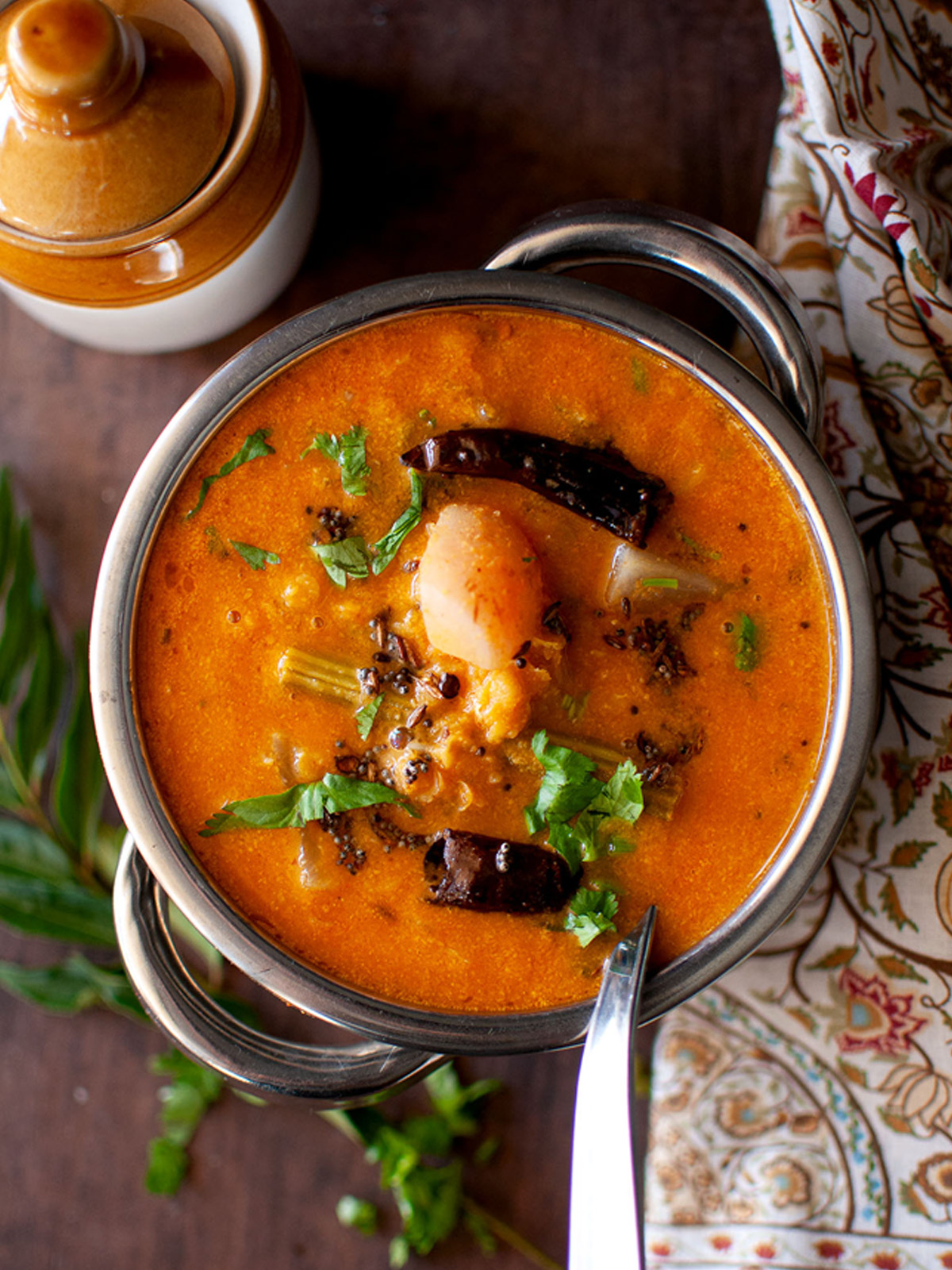
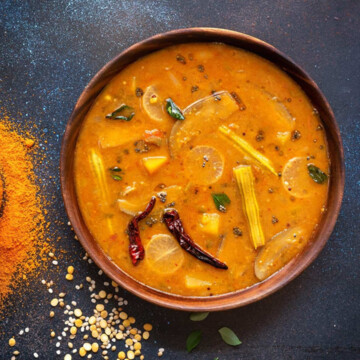
Kerala Sambar Recipe
Ingredients
Ingredients
- ½ Cup Toor Dal (Split Pigeon Peas)
- Tamarind a small lemon-sized ball
- 2 Cup Mixed Vegetables (Drumstick, Carrot, Pumpkin, Okra,etc.) chopped
- 1 Tomato chopped
- 1 Onion sliced
- ½ teaspoon Turmeric Powder
- 2 tablespoon Sambar Powder
- A pinch Asafoetida (Hing)
- Salt To taste
- 2 tablespoon Oil
- 1 teaspoon Mustard Seeds
- 1 teaspoon Cumin Seeds
- 2 Dried Red Chilies
- Curry Leaves a handful
- ¼ Cup Grated Coconut
- 1 tablespoon Coriander Seeds
- ½ teaspoon Fenugreek Seeds
- 2 Dry Red Chilies for Roasting
- Water As required
- Fresh Coriander Leaves For garnish
Instructions
Prepare the Dal
- First, rinse the toor dal in water until the water runs clear.
- Then, cook the dal in a pressure cooker with 2 cups of water and a pinch of turmeric for about 4-5 whistles, until it’s soft. Meanwhile, soak tamarind in ½ cup of warm water, squeeze it to get the juice, and set it aside.
Cook the Vegetables
- Next, heat a tablespoon of oil in a large pan and sauté the onions until they turn translucent.
- After that, add chopped tomatoes and cook until they soften.
- Then, add the mixed vegetables and sauté for a few minutes.
- Now, add 2 cups of water, cover, and cook until the vegetables are tender but not mushy.
Prepare the Spice Paste
- In a separate pan, heat a teaspoon of oil. Roast the grated coconut, coriander seeds, fenugreek seeds, and dry red chilies until they turn golden brown.
- Then, grind this roasted mix with a little water to make a smooth paste. This paste is super important for the rich flavor of Kerala Sambar!
Combine and Simmer
- Now, add the cooked dal to the vegetable mixture. Mix in the tamarind juice, the spice paste, and sambar powder.
- As it simmers, the sambar will thicken, so you can add water if needed to get the right consistency. Don’t forget to season with salt and a pinch of asafoetida, then let it simmer on low heat for about 15 minutes.
Temper the Sambar
- Finally, for the tempering, heat the remaining oil in a small pan.
- Add mustard seeds, cumin seeds, dried red chilies, and curry leaves. When the mustard seeds start to splutter, pour this mix over the simmering sambar and stir well.
- At last, garnish with fresh coriander leaves and turn off the heat. Enjoy your delicious Kerala Sambar!













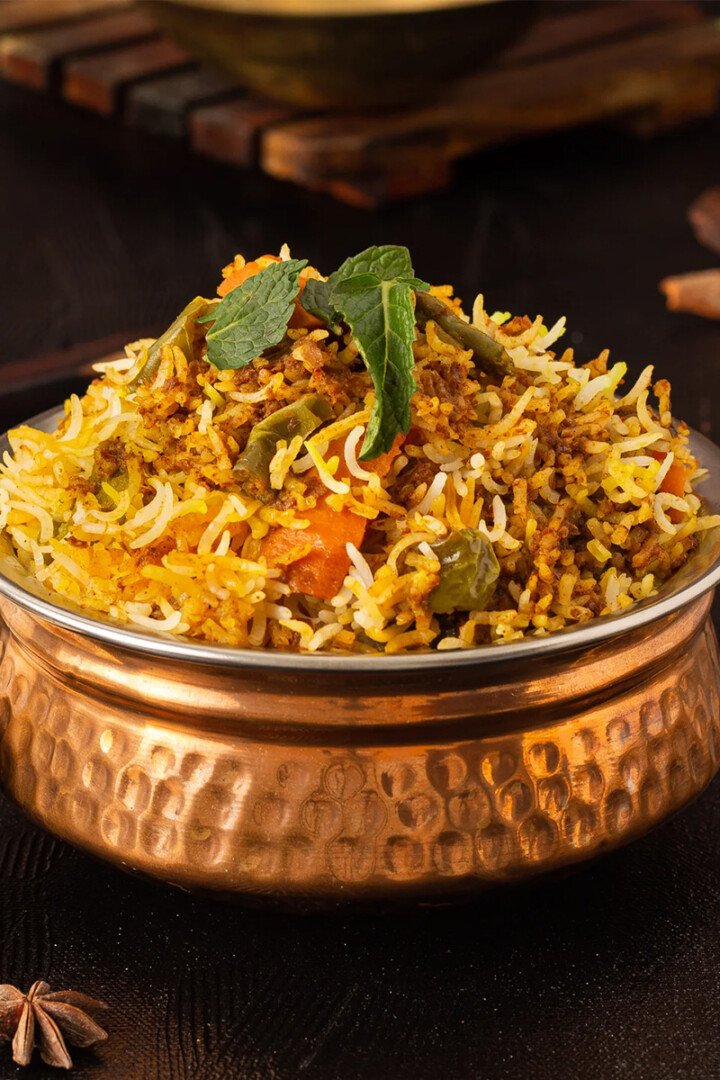
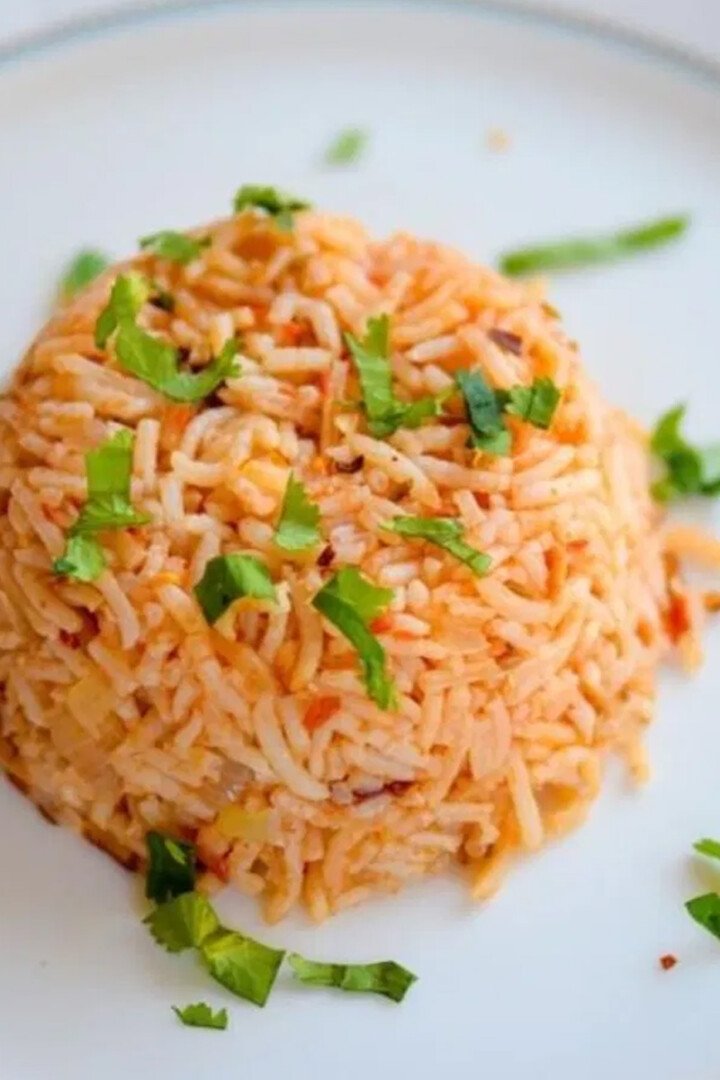
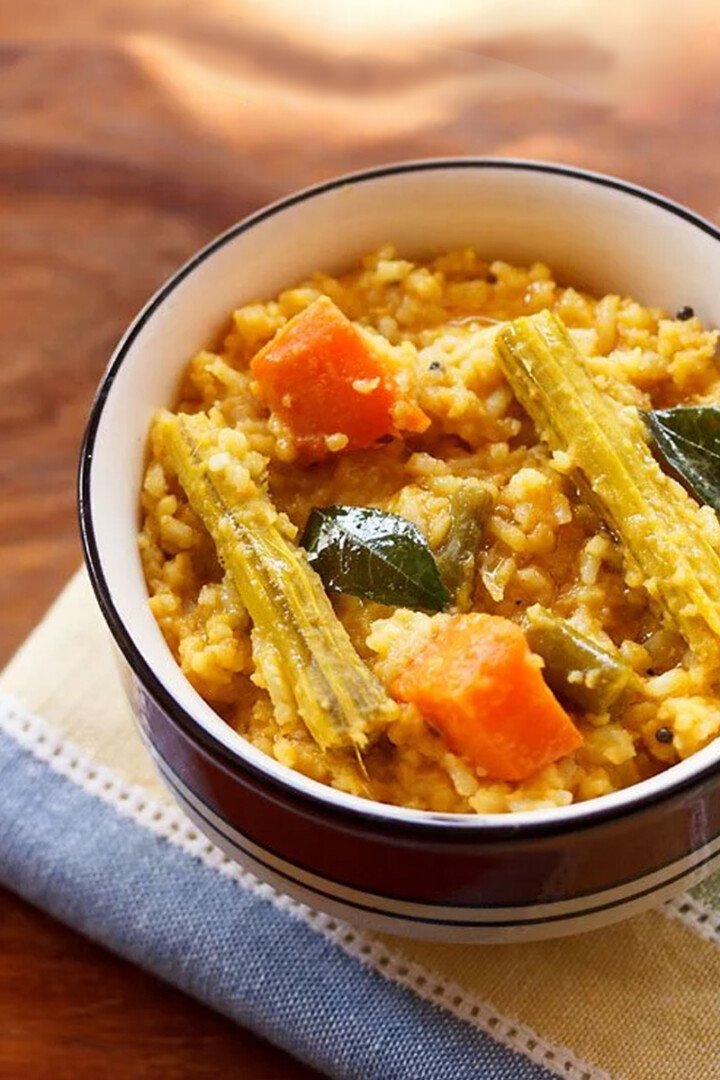
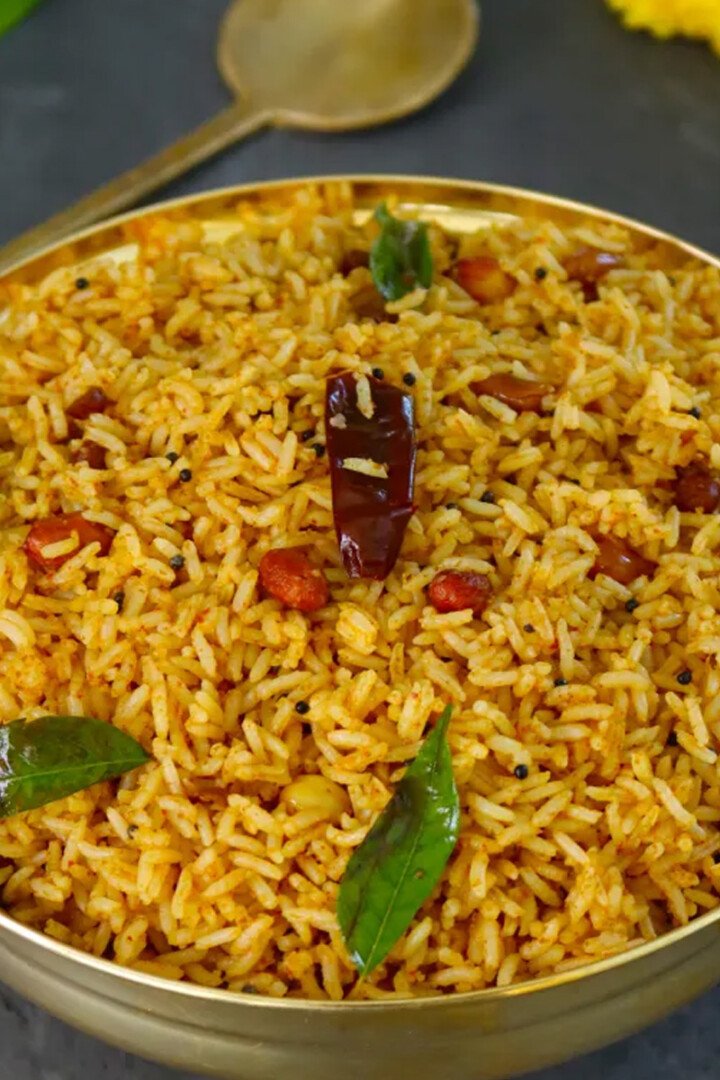
Carmella says
Thanks a lot for sharing this with all people you actually realize what you're talking about!
srajrao says
You're very welcome! I’m glad the information resonated with you. Thank you for your kind words and support!